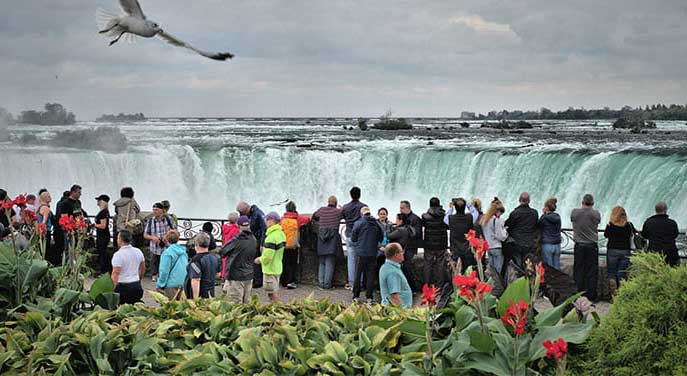 Canadians are ready for the borders to reopen and will flock to sun destinations next winter like never before.
Canadians are ready for the borders to reopen and will flock to sun destinations next winter like never before.
The number of people who have said that they’re ready to “get out of Dodge” and “fly the coop” is an indication that there’s a pent-up demand for travel and excursions that has been bolstered by a two-year sabbatical from any semblance of vacations.
While Canadians are going to head south, we can expect some of our citizens and those from other nations to be looking to Canada for their adventure holidays.
When the requirements for the two-week quarantines are lifted, we will see a quick rebound in tourism, as other countries that have lifted their restrictions have seen.
Are we ready?
In 2019, tourism contributed $105 billion to the Canadian economy. Tourists from outside Canada spent over $16 billion. Those numbers were down considerably in 2020 and it’s only natural that many people in the industry suffered from the effects of the pandemic and lockdown restrictions.
While some folks, fearful of the spread of variants, believe the borders should never be reopened, the reality is that to save our tourism industry and the economy we need tourist traffic from outside of Canada, as well as interprovincial travel.
As Canadian and foreign tourists start their migration toward our tourist and nature attractions, there’s some hesitancy about the readiness of the industry to manage the coming tsunami of people.
Hit harder than many sectors, the tourism industry has been affected by the pandemic in ways other industries haven’t. The closure of attractions, fairs, tour bus companies, sporting events, concerts and community events with any semblance of a large group forced workers in this industry to look for jobs elsewhere to survive.
As a result of this migration of talent, many tourism-related businesses will have difficulty scaling up to meet demand. According to Statistics Canada, 32 per cent of accommodation and food service companies expect that attracting workers will be an obstacle for them this year.
Even if you have some warm bodies to fill your positions, having well-trained staff will remain a problem for many tourism and food service companies.
Most business leaders in the industry understand the impact of having improperly trained staff working in positions serving the public. The consequences of poor customer service can be long-lasting and devastating.
Unfortunately, as a result of the constant opening up and shutting down scenarios we’ve seen in the economy over the past 18 months, most operators have been reluctant to increase the staffing levels that will be necessary to meet demand. So there will be no other option but to have staff who aren’t fully trained or optimally equipped to take care of the flood of vacationers.
In order to adjust to the coming demand, tourism-related businesses will need to be prepared to hire and train new employees to promote and deliver their services. This should include systematization of training, hiring and onboarding processes to enable companies to quickly get up to speed when the demand starts.
Tourism operators deserve to have their days in the sun and profit from increased business. And Canadians need to understand that it takes a country to host visitors, and we need to encourage and support the people in this industry that has been hit so hard.
Dave Fuller, MBA, is an award-winning business coach and a partner in Pivotleader Inc. Questions? Let your emails fly to [email protected]. For interview requests, click here.
The views, opinions and positions expressed by columnists and contributors are the authors’ alone. They do not inherently or expressly reflect the views, opinions and/or positions of our publication.
© Troy Media
Troy Media is an editorial content provider to media outlets and its own hosted community news outlets across Canada.


